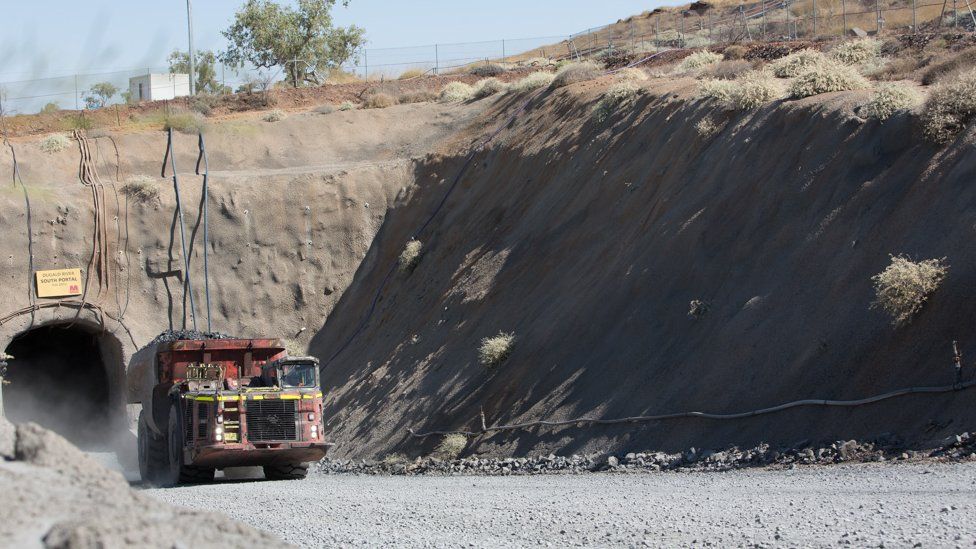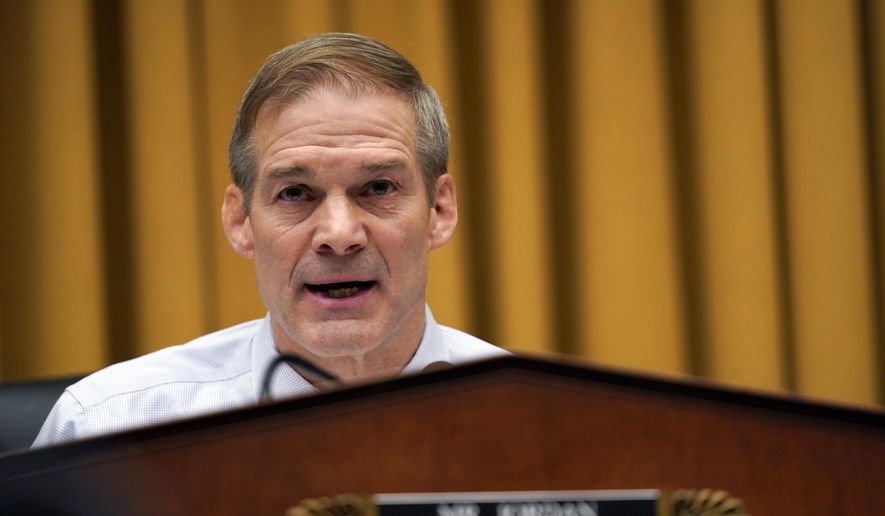Effective targeting of diabetes and metabolic syndrome in Australian Indigenous people requires remission strategies that are co-designed by Indigenous communities, according to a team of Flinders University researchers.
An article published in Nature Medicine journal identifies a project in South Australia’s Coorong region being led by Flinders University that takes a fresh approach through involving Ngarrindjeri leaders with clinicians trained in Eurocentric-based medicine to help tackle diabetes remission within its local community.
Diabetes contributes to 11% of all deaths in Australia, costing the healthcare system $2.7 million each year, and Australian Indigenous communities are disproportionately affected. Their prevalence rates are three times greater, hospitalisation rates four times higher, and death due to complications five times more likely than in non-Indigenous Australians.
Of equal concern is metabolic syndrome, responsible for earlier and more severe complications in individuals diagnosed with diabetes, including such conditions as hypertension, dyslipidemia, abdominal obesity and insulin resistance.
“Rates of diabetes in Australian Indigenous communities are rising, which suggests that current approaches for detection, care and management are failing,” says Associate Professor Courtney Ryder, from Flinders University’s College of Medicine and Public Health.
“This leaves many Australian Indigenous communities feeling that a diagnosis of diabetes or metabolic syndrome is an unavoidable death sentence, creating a ripple effect beyond the individual, affecting the whole family and community.”
While Diabetes Australia recommends three remission strategies, the option for Indigenous people of bariatric surgery is not easily accessible, and participant adherence to long-term low-calorie diets is poor. However, a ketogenic eating plan can put diabetes into remission without the need for glucose-lowering medication.
Ketogenic eating works by restricting carbohydrate intake, so the body uses fat as the principal energy source rather than carbohydrate.
“A low-carbohydrate ketogenic eating plan appears similar to that of pre-colonisation eating patterns for Australian Indigenous people, so the uptake and maintenance of a ketogenic diet aligns with Indigenous knowledges,” says Associate Professor Ryder.
“A critical aspect to targeting diabetes and metabolic syndrome remission within Australian Indigenous communities is through centralising Indigenous knowledges and methodologies which have passed through generations and continue to evolve.”
The Coorong Diabetes Collaborative project emerged from intensive engagement during COVID-19 outbreaks, when clinicians trained in Eurocentric-based medicine and the Ngarrindjeri community recognised that diabetes and metabolic syndrome levels in the community were a critical, ongoing vulnerability.
Ngarrindjeri leaders called for a community-designed program centering on cultural determinants of health (ownership, control and reciprocity) to produce longevity for their people, connecting Ngarrindjeri knowledge holders and Australian Indigenous researchers to clinicians and health professionals with Eurocentric knowledge and research methods.
As a result of respectful collaboration, this project will co-develop an eating program based on a ketogenic diet that includes important cultural and contextual factors, as identified by the community, along with educational and motivational strategies for a ketogenic eating program, and monitor physiological, social and economic outcomes.
“The project aims to explore how Australian Indigenous peoples are advantaged by adopting a ketogenic diet,” says Associate Professor Ryder. “It is the first co-designed targeted and scalable diabetes remission program for Indigenous peoples on Ngarrindjeri country.”
The article – ‘Community co-design to target diabetes and metabolic syndrome in Australian Indigenous peoples’ by C. Ryder, S. Wingard, D. Cameron, C. Kerrigan, P. Worley, B. Spaeth, S. Stranks, B. Kaambwa, S. Ullah, J. Wang and A. Wilson – has been published by Nature Medicine. https://doi.org/10.1038/s41591-022-02174-7
METHOD OF RESEARCH
Observational study
SUBJECT OF RESEARCH
People
ARTICLE TITLE
Community co-design to target diabetes and metabolic syndrome in Australian Indigenous peoples



:format(jpeg)/cloudfront-us-east-1.images.arcpublishing.com/tgam/PE3ZJDXHS5N4FD3JYE2ZESQCPA.jpg)





